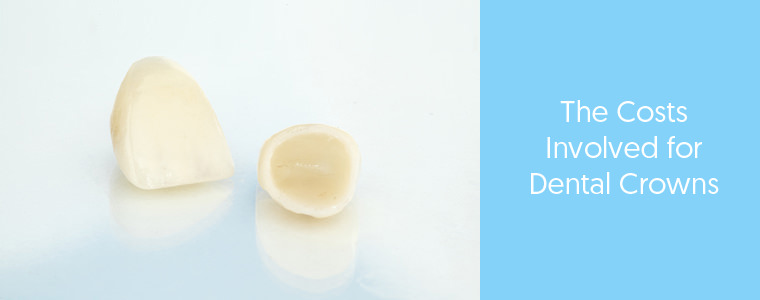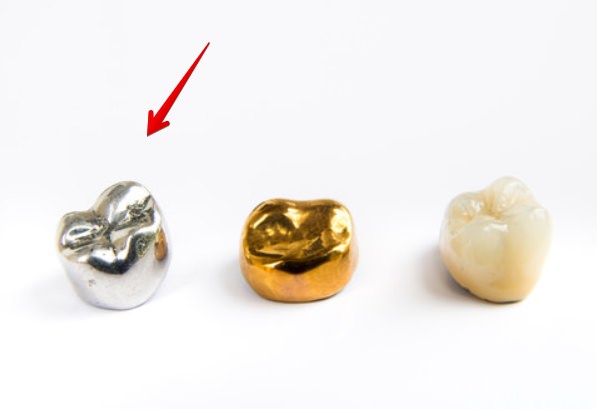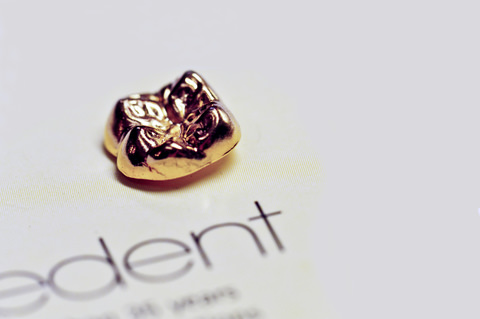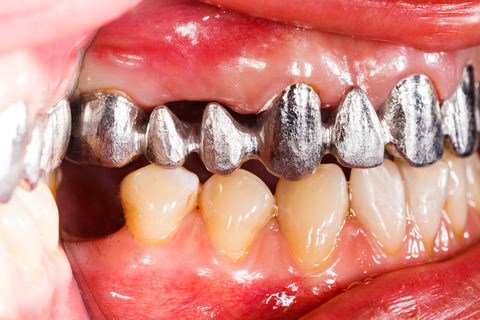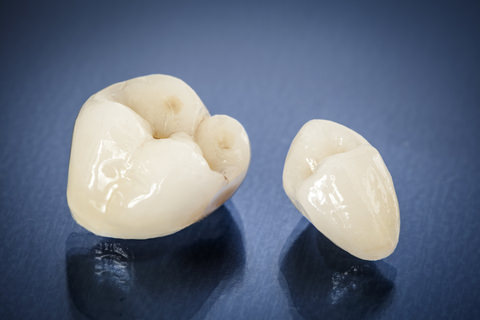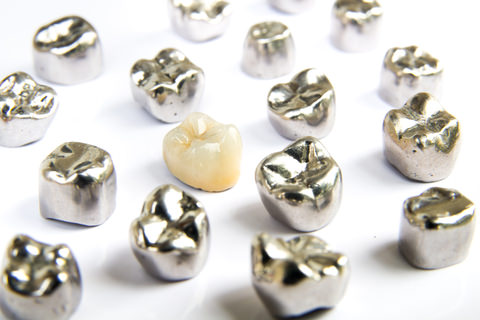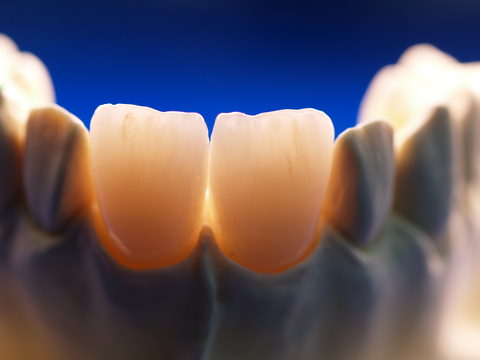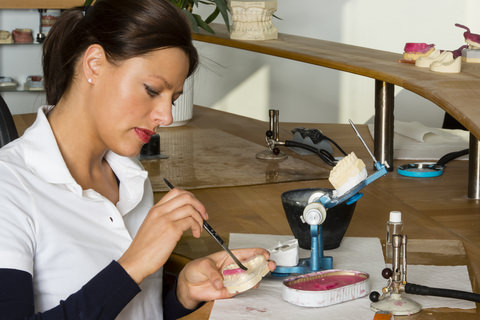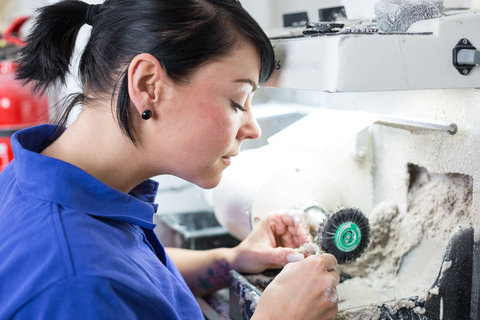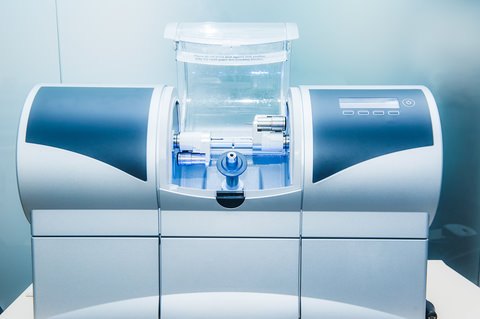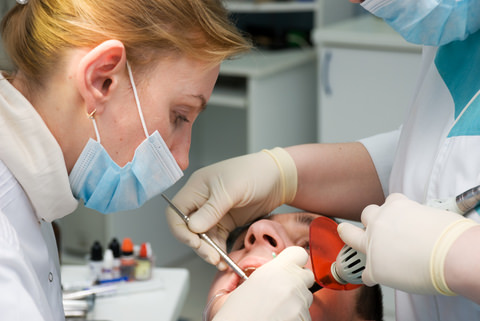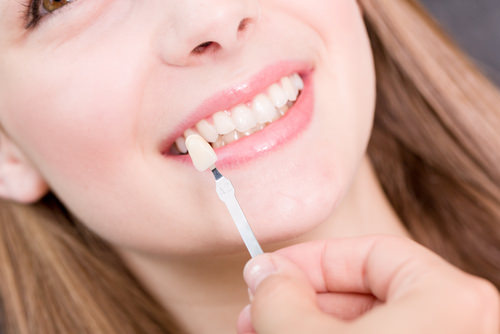Why Are Dental Crowns So Expensive?
Many of us avoid dental procedures because of the very real fear of cost.
People assume that getting a dental crown is one of the most expensive dental procedures out there.
But why are crowns so expensive?
The simple answer is the overheads and laboratory costs involved in the process.
The other part of the answer is your dentist’s expertise.
The average dental crown can range from $1500-$2500 per tooth, depending on the type of equipment, your dentists’ experience, and the materials used.
Many avoid crowns altogether, citing costs as the reason, as it places a heavy burden on their pocket.
However, the price is just the tip of the iceberg.
There are a variety of factors that affect the costs of a crown.
Let’s break down these factors that are involved in making your dental crown.
Why Do We Need Dental Crowns?
A dental crown is a tooth-shaped ‘cap’ that is placed over a tooth; to cover the tooth and help restore its shape and size.
It is used for various health-related, and cosmetic reasons as caps also improve the appearance of your teeth.
There are multiple reasons why we can need a dental crown, such as:
- To protect an already weak tooth (one suffering from decay) from completely rotting or breaking away.
- Restore the appearance and stability of an already broken tooth.
- Provide stability to a tooth that has been severely worn down.
- Cover a tooth that has been worn down and replaced by a large filling.
- To hold a dental bridge and provide support to it.
- Cover a chipped off teeth.
- Provide an aesthetically pleasing look to severely discoloured teeth.
- Covering another dental implant.
- Providing aesthetic value for cosmetic purposes.
Do Types Of Crowns Affect Cost?
Permanent dental crowns come in various materials, and these materials have an impact on the cost of the procedure.
Some crowns are permanent, while some are temporary.
They are differentiated by their materials and the time it takes to prepare them.
Temporary crowns are most of the time made by your dentist as a temporary resort, while a dental lab will construct permanent crowns.
Some of the widely used materials for crown implants are:
Stainless Steel
Stainless steel dental crowns are prefabricated, mostly used as a temporary measure for adults until permanent crowns are made.
It protects the tooth from decay until the permanent dental crown arrives.
These stainless steel crowns can also be used when children need a crown.
A stainless steel crown capped over primary teeth is a cheap and effective option; considering that our primary teeth (baby teeth) are also temporary.
The crown covers the entire tooth and protects it from further damage.
As the tooth comes out, so does the crown.
Another reason why stainless steel crowns are great for baby teeth is that they reduce the hurdle of multiple visits– reducing the cost further.
Metal
There are various types of metal dental crowns, and all of them are alloys; mixed with another metal. Generally, gold or platinum alloys are used.
Some crowns also make use of some base-metal alloys such as cobalt-chromium and nickel-chromium.
Metal crowns are more expensive than stainless steel crowns. This is due to more costly metals used and because they provide increased durability and endurance.
Metal crowns assure users of a longer lifespan than most crowns and can withstand hard chewing and biting forces.
They rarely break or chip off.
However, their colour is the biggest drawback.
They tend to change their colour and get darker, especially near the gum lines.
If you need a crown for your molars, metal crowns are a good choice.
Porcelain-fused-to-metal
Porcelain-fused-to-metal crowns are the middle ground between all-metal and all-porcelain/ceramic crowns.
They provide a natural look as well as the strength to withstand chewing forces.
The porcelain portion of the crown can be made to look like the adjacent teeth around the affected teeth while the metal base provides durability.
The all-porcelain dental crowns are the most natural-looking.
However, due to porcelain’s inherent features, the porcelain portion of the crown is more susceptible to breaking off.
The metal base in the crown can also change colour and show a dark line alongside the gums, especially in the case of receding gums.
Due to their aesthetic viability, these crowns are more expensive than steel crowns.
All Ceramic, Porcelain and Resin Crowns
As the name implies, these crowns are made entirely of their respective materials.
Based on the appearance of the materials, these crowns resemble natural teeth the most.
Additionally, these crowns are suitable for people who have metal-related allergies and can’t be fitted with a metal, steel or infused metal crowns.
Resin crowns are the cheapest dental crown options but are the type that is most prone to crown fractures and chipping off.
All-Ceramic/Porcelain crowns require more skill and time, which is why they cost more.
Their acute resemblance to natural teeth and the time it takes to make these types of crowns is also why they cost more.
How A Dental Crown is Made Will Affect Price
No two teeth are identical in their shape, curves, and ridges.
Like fingerprints, teeth also differ and creating artificial crowns is an art.
A well-designed crown impacts the tooth it fits over, as well as the teeth that are adjacent to it.
There are two main options when it comes to designing a crown, and it determines the cost of your dental implant differently.
A dental crown’s design significantly determines the dental crown implant’s cost.
1. Dental Laboratory
The tried and tested way of getting your dental crown designed is getting it done through a dental lab.
Highly trained professionals are employed to create a dental crown paying immense attention to detail.
Such high proficiency in their art means they charge a lot more.
Although advancement in technology has helped streamline the process of dental lab crown designing, experts are still needed to carry out most of the tasks to date.
Dental laboratories solely rely on the mould or the impression of the clients’ teeth which your dentist sends them.
Dental labs charge more for their attention to detail and their expertise.
A great dental technician with years of experience is hard to find and they excel in their line of work.
2. CEREC
Same-day or Single Day Dentistry, also known as Chairside Economical Restoration of Esthetic Ceramic (CEREC) makes use of computer technology for dental crown designing.
Utilising the latest advances in the field of dental and medical technology, CEREC has made it possible to get a dental crown made in a single visit with your dentist.
CEREC uses state of the art CAD/CAM technology that scans the internal part of your teeth and utilises x-ray assessments.
The technology then designs and manufactures a dental crown on the spot with the help of the data gathered.
Your dental lab technician will add adjustments if needed along the way.
Where the traditional route of having to send an impression of your teeth to the dental lab would take weeks, CEREC barely uses 15 minutes.
The design is sent to a 3D milling machine that uses ceramic or porcelain to manufacture the dental crown.
The process significantly reduces the time required to design a dental crown, which is a great help in an emergency case.
Another big positive for the CEREC technology is that it gives dentists more liberty when creating partial crowns.
Traditional laboratory processes lack the ease at which 3D printing achieves moulding and off-site designs.
While the ease of getting your broken teeth replaced by an identical crown in a single visit is alluring, it is not so convenient for your pocket.
Dentists pay a lot for such high tech equipment, so it’s obvious they charge more for it.
Some dentists still need to ask their dental lab technician counterpart to assist in this process.
Overheads Also Contribute To Cost
Would you book an appointment with a dentist who has a nice upscale office?
Or go through the procedure in a shady looking place?
The answer should be clear.
Dentists are aware of the rising customer expectations and do their utmost to please their clients.
From a well-maintained clinic to an experienced receptionist and dental staff, all the way down to ensure the equipment is clean and sanitised – there are a lot of costs involved.
Customers are willing to pay higher for their required standard of service, and more so in the case of oral hygiene where health consciousness is heightened in their customers.
Therefore, to recover the overheads as well as earning their livelihood, dentists charge more for dental crowns that make use of equipment and technology.
For a clean environment and exclusive service, the price is worth it in the long run.
Dental Expertise
How many times do we opt for a tried and tested method over a relatively newer alternative?
Human psychology dictates for us to be on the safer side.
That is true in the case of dental treatments, where expertise is valued and cherished.
It is for a good reason as well; an experienced dental surgeon is likely to have come across varying degrees of dental crown replacement cases and will be more equipped to deal with yours.
The fact that a dentist has seen so many patients is reassuring to a client, that they are in safe hands, and rarely is that trust broken.
Opting for an experienced dentist is likely to raise your cost of a dental crown, but it is worth the assurance and confidence you’ll have walking in for your appointment.
In addition to that, dentists undergo a strenuous educational regime.
Great dentists continue to re-educate and learn new techniques and skills.
Their expertise and qualifications play an essential part in ascertaining the cost of dental procedures.
Experience is something that should be taken into consideration when choosing a dentist for dental crowns.
Insurance Coverage
Most insurance providers give specific guidelines for their coverage of dental procedures.
Private health insurance provides coverage for physical injuries and treatments – including oral therapies.
Since dental crowns primarily are a treatment for damaged and broken teeth, insurance providers can provide complete or partial coverage for the costs incurred.
Most insurance providers also list some dental clinics on their approved list.
Users can enjoy full coverage for their surgeries and procedures.
If you do have to pay, some have reduced rates for treatments when you’re a part of a private health fund.
Cosmetic Reasons
However, crowns inserted for aesthetic purposes may not be covered under your private health fund insurance policy.
Why is this I hear you ask?
Well, cosmetic appearance is not a physical injury or disease and does not fall under a medical procedure.
This can be annoying, but it is logical in the eyes of the health fund.
Some insurance providers also restrict the number of times a person can go to the dentist or have dental procedures covered.
These conditions are stated in their sometimes hard to read policies.
Therefore, it is best to consult your insurance provider before claiming a coverage amount.
Conclusion
Everything that relates to dental crown manufacturing – from the material to design, it impacts the cost of the dental procedure.
Additionally, the combined overheads – such as the equipment and rent – also contributes to the cost.
Lastly, one of the biggest impacts on the cost is that of the dentist’s expertise and qualifications.
Even though the cost is considerable, but so are the benefits weighted against it.
Teeth represent a vital component of our bodies and digestive systems.
Imagine getting back getting a nice set of pearly white teeth, in a single visit, courtesy of the latest advancements in dental technology.
That’s an investment worth making and one that pays off a bright smile and proper oral health.
If you’ve had a dental crown, what crown material would you recommend?
By Anthony Cade
Created at October 15, 2018, Updated at January 25, 2025


